The collapse of San Francisco-based First Republic Bank is the second-largest bank failure in US history. On Monday, the embarrassed First Republic Bank was seized by regulators and handed over to JPMorgan Chase Bank to temporarily recover from the crisis.
All of First Republic Bank’s investments and most of its assets were immediately sold to JPMorgan Chase & Co, the largest bank in the US, nicknamed “The Deal Maker,” to avoid further banking chaos.
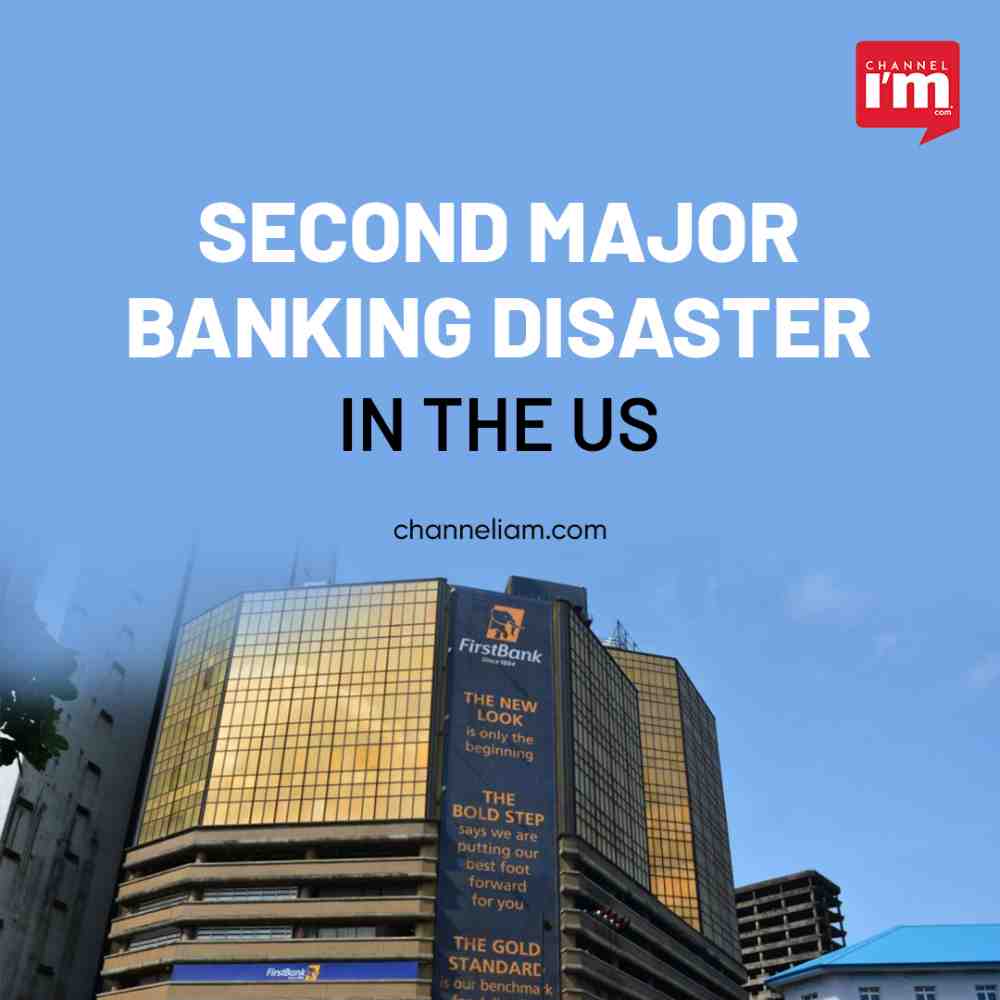
First Republic is the third mid-sized bank to fail in two months, following the March collapses of Silicon Valley Bank and Signature Bank. The impact of these two banks on the market spread to the First Republic, and investors grew increasingly worried. Concerns have grown that banks will not survive due to more uninsured deposits and loans at lower interest rates. First Republic became a thorn in the side of federal regulators as it topped the list of banks with uninsured deposits.
JPMorgan Chase & Co
JPMorgan Chase & Co. is an American multinational financial services company headquartered in New York City and incorporated in Delaware. It is the largest bank in the United States and the world’s largest bank by market capitalization.
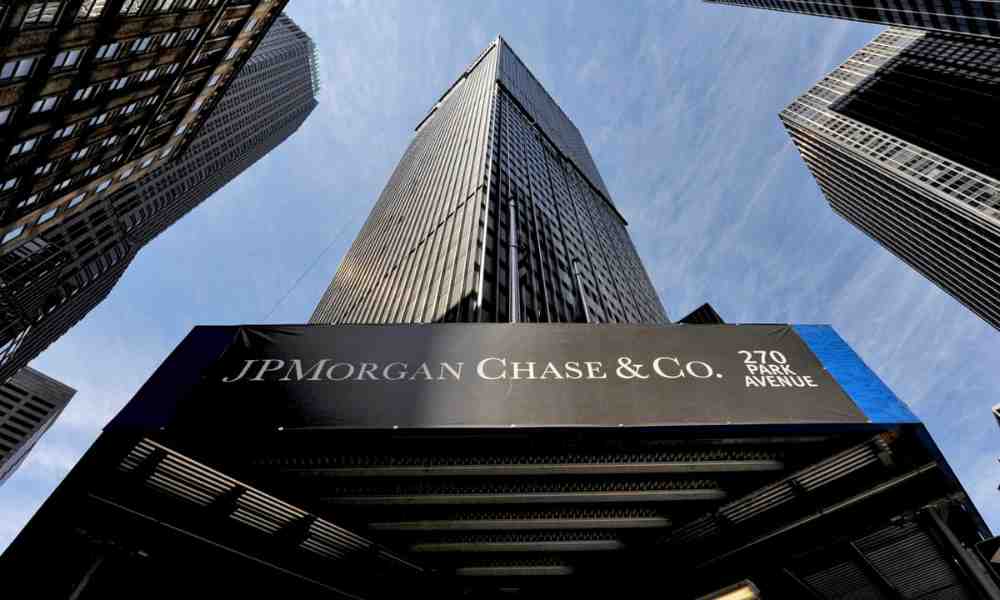
The Federal Deposit Insurance Corporation has announced that 84 branches of First Republic Bank in eight states will reopen as branches of JPMorgan Chase Bank, and depositors will have full access to all their deposits. Therefore, investors need not fear, as the Fed assures that transactions will not be interrupted.
US Regulators Sleepless, Investors Worried
Regulators worked tirelessly late last week and into this weekend to find a way forward without shutting down First Republic before US stock markets opened. They put in bids for the assets of First Republic Bank and turned to JPMorgan Chase, the nation’s largest bank with a reputation as a dealmaker in times of crisis. Treasury officials last month tapped JPMorgan to lead a $30 billion funding package for First Republic.
“The US government invited us to go ahead, and we did,” said Jamie Dimon, chairman, and CEO of JPMorgan Chase.
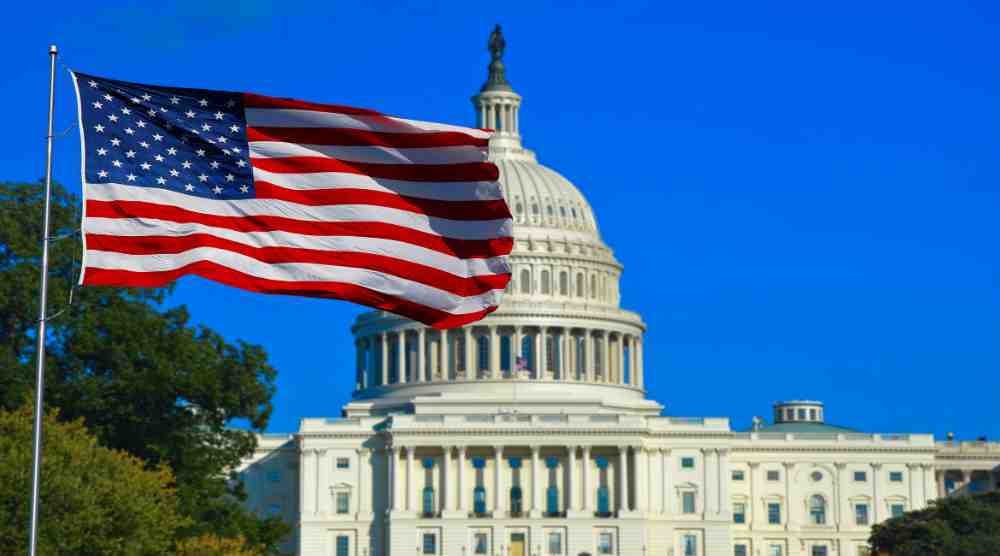
First Republic without Leakage of Assets
As of April 13, the FDIC estimated that First Republic had approximately $229 billion in total assets and $104 billion in total investments. The FDIC estimates that adding First Republic to its deposit insurance fund receivership would cost $13 billion. An earlier Silicon Valley bank bailout cost the fund $20 billion.
- First Republic’s total assets more than doubled from $102 billion at the end of the first quarter of 2019, and full-time employees were 4,600.
- The Fall of First Republic Adds to the Shock of Withdrawing Digital Money
- The fact that if First Republic fails, its investors may not get all their money back has worried analysts and investors.
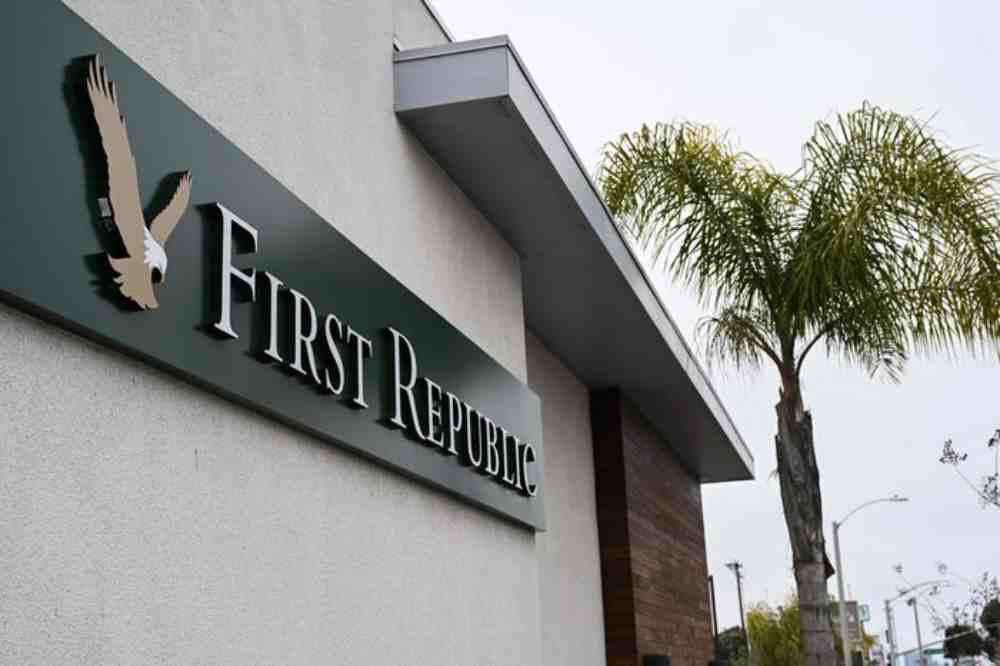
That fear became more apparent in the bank’s recent quarterly results. First Republic said customers rushed to withdraw more than $100 billion in deposits following the failure of Silicon Valley and Signature Bank. Unlike the causes of bank collapses throughout history, First Republic’s collapse was fueled by negative social media campaigns and digital withdrawals in seconds.
First Republic Bank was able to buffer some of the shocks by accepting a $30 billion bailout from a group of big banks in mid-March. The bank planned to sell off unprofitable assets, including low-interest mortgages made to wealthy clients. It also announced plans to lay off a quarter of its workforce of around 7,200 employees by the end of 2022.
Now JPMorgan Chase & Co
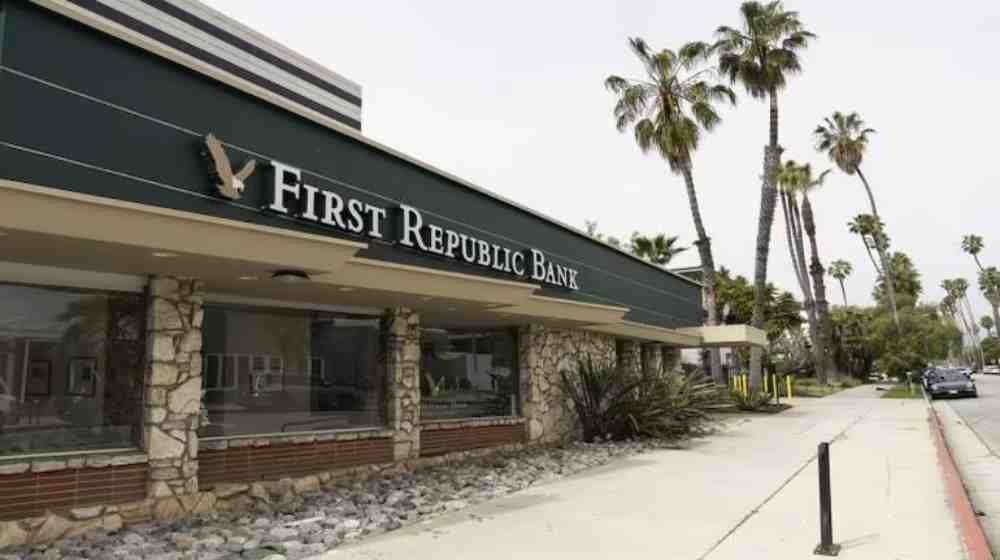
The collapse of First Republic Bank and its subsequent takeover by JPMorgan Chase & Co. is a significant event in the history of US banking. The failure of three mid-sized banks in two months has raised concerns about the survival of banks in the current economic climate. While the FDIC has assured depositors that their transactions will not be interrupted, the fear of not getting all their money back in case of bank failure has worried investors. JPMorgan’s reputation as a dealmaker in times of crisis has helped it secure First Republic’s assets, and it expects to benefit from the acquisition in the long term. The event highlights the importance of financial stability and regulatory oversight in the banking sector.
